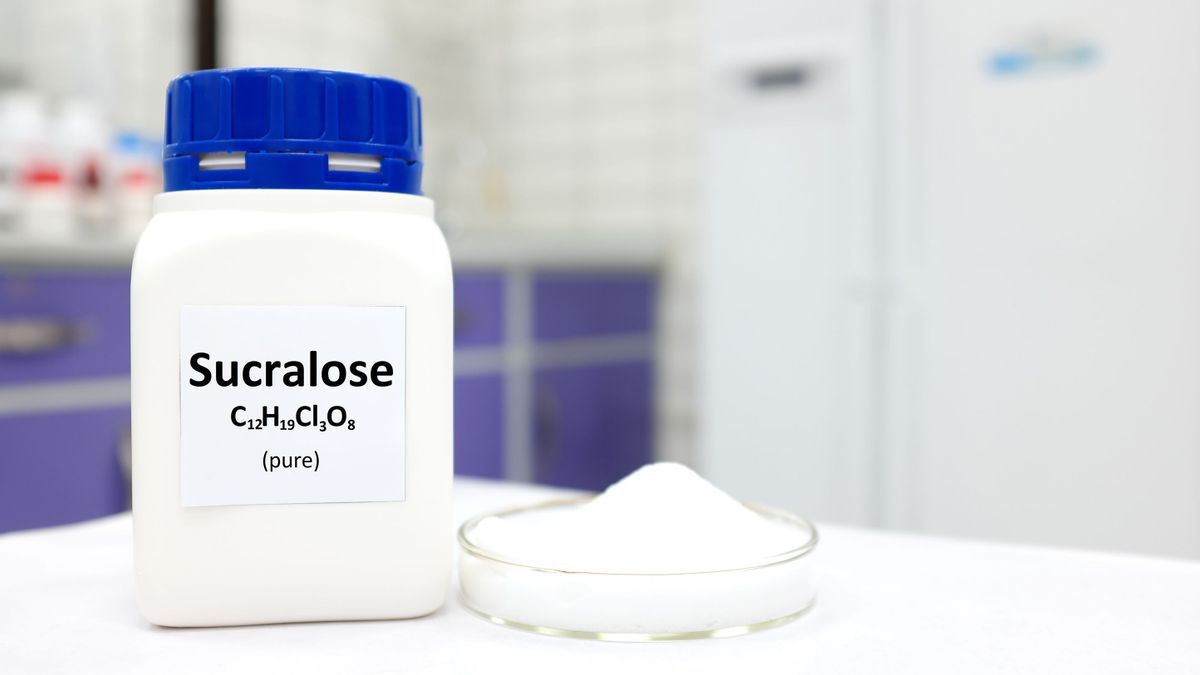
Possibly carcinogenic, aspartame is gradually disappearing from our plates, and from our glasses in particular since this sweetener has been widely popularized with diet sodas. An auspicious conclusion highlighted in the latest Anses report. According to the health authority, there would be 4.5 times fewer in ten years. But this does not mean that all so-called intense sweeteners have completely disappeared from our diet…
The sorbitol
It’s called E420. And it is found in toothpaste, paracetamol, but also in confectionery or foods for diabetics. Normally, this sweetener, which is half as sweet as table sugar, does not increase blood sugar levels. But there is a catch: its laxative power! Sorbitol is able to increase water intake in the intestines and stool volume. It is indeed him that we find in medicines against constipation. Although it is prohibited in infant food, we nevertheless ingest this additive synthesized from starch when we choose certain foods labeled “no added sugars”.
The sucralose
It’s called E955. In sauces, in potato-based appetizer biscuits, in beer labeled as lower in calories or even in table sweeteners like Canderel… Sucralose is everywhere! Its sweetening power is in fact 600 times greater than that of sugar. Disreputable according to the consumer association UFC-Que Choisir, this so-called intense sweetener has been the subject of numerous studies in recent years, even though the European Food Safety Authority (EFSA) has extended its authorization to infant food. intended for children aged one to three years. However, in a study published last year in the Journal of Toxicology and Environmental Health, researchers recommended against consuming sucralose. They discovered that a substance was formed in the intestine after ingestion of the sweetener and had the particularity of being genotoxic, that is to say that it is capable of damaging DNA. By consuming this type of additive, the intestinal wall would become more permeable.
Saccharin
It’s called E954. And it is indicated as a so-called intense sweetener. In 2023, the World Health Organization cited it in the list of non-sweet sweeteners to avoid because they had no nutritional benefit and did not help control weight. Food manufacturers use it in low-calorie products thanks to its power 300 to 400 times greater than that of sugar. It is a derivative of… tar, and it is also found in soft drinks! But its drawback is that it has a bitter aftertaste, which has limited its use.
Le cyclamate
It’s called E952. It is synthesized from benzene, this compound which belongs to hydrocarbons. And yes, there are some on our plate when we consume, for example, so-called reduced-calorie pastries or “sugar-free” sweets. For the UFC-Que Choisir, it is disreputable, especially since, like aspartame, cyclamic acid – or cyclamate, is the subject of controversy. A glucose regulation disorder would be suspected. Furthermore, research carried out on animals has proven that the ingestion of cyclamate is transformed into cyclohexylamine via bacteria in the intestinal microbiota and leads to degradation of testicular tissue and sperm. However, no harmful effects on fertility in humans have been proven.
Acesulfame potassium
It’s called E950. And behind its chemical name lies a power 150 times sweeter than sugar itself. It is mainly found in drinks and chewing gum. Nutritional recommendations limit its ingestion to 15 mg per kilo of weight. Once again, UFC-Que Choisir classified him as “unsavory”. And yet, it is one of the three sweeteners most used by the food industry (sucralose and aspartame being the other two). The European Food Safety Authority (EFSA) has not recognized its carcinogenic potential, but there is controversy over this. According to the consumer association, researchers question the reliability of the research that led to this conclusion.
